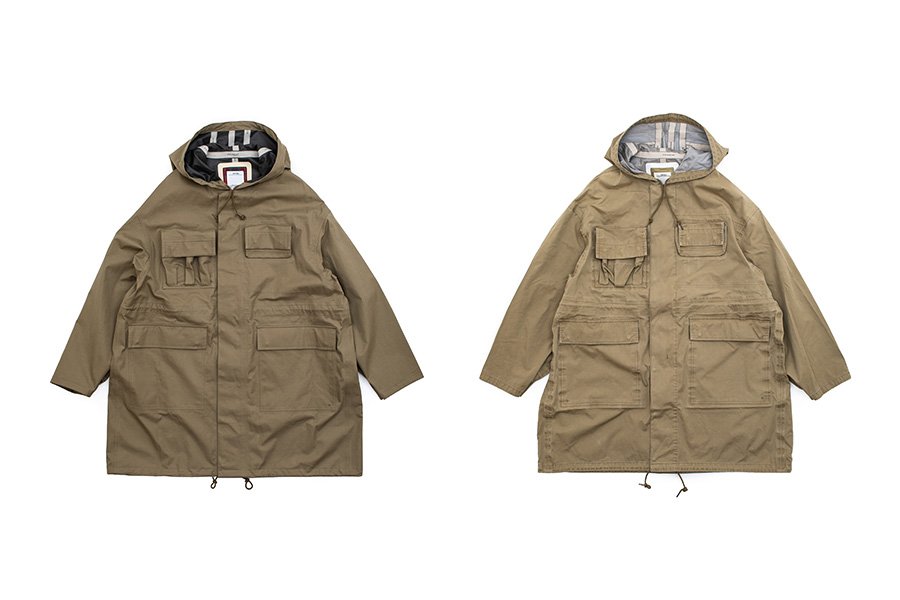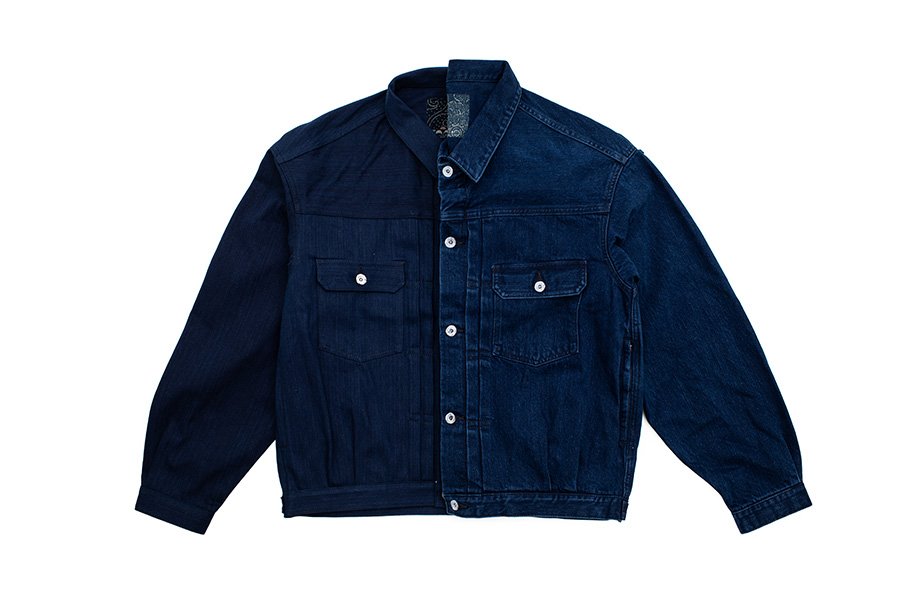Dissertation
Chochin (Japanese Lanterns)
Historic Kyoto lantern maker "Kojima Shoten", which was established during the Edo Kansei era (from 1789 to 1801), is located near Tofukuji Temple in southeastern Kyoto, which is known for its many picturesque scenic views such as its beautiful autumn leaves and the Honbo Garden.
| Category: | Products |
|---|
| Date: | 2017.08.01 |
|---|
| Tags: | #chochin #japaneselanterns #visvim |
|---|

Kyoto Jibari-shiki Lanterns
Historic Kyoto lantern maker "Kojima Shoten", was established during the Edo Kansei era (from 1789 to 1801), and is located near Tofukuji Temple in southeastern Kyoto, known for its picturesque scenic views along with its beautiful autumn leaves and the Honbo Garden. Dating back to when the family business was first established, Kojima Shoten has always committed its craft to the "jibari-shiki" lantern and is one of the few remaining "Kyoto jibari-shiki lantern" manufacturers that continues to use this age-old traditional method. Visvim has one on display as an installation piece during their seasonal exhibitions at the entrance of their showroom where the visual detail depicted receives an update every season. Additionally several of their store locations utilize different variations as their indoor light source. All of these chochins are made by Kojima Shoten.


A distinctive feature of Kyoto lanterns is the "jibari-style". There are two types of lantern manufacturing methods. The first is called "makibone-shiki" ("wound bone style") and the other is called "jibari-shiki" ("affixing style").
The "makibone-shiki" is a method where the frame is made by winding one long, thin bamboo strip (bone) into a spiral frame. This method is optimal for mass production as it reduces the time required to make the frame, and today it is the typical method used to make lanterns. However, due to its weak intensity, the thickness of the Japanese paper that can be attached is limited, which also limits the applications of the lanterns.
On the other hand, in the traditional "jibari-shiki" method, both the bamboo used for the frame and the paper attached to the frame are relatively thick. The frame is made by fashioning single strips of bamboo into individual rings, and fixing them in place using string. This method requires a lot of time and effort, but it is extremely sturdy and can be attached with Japanese paper of varying thicknesses. The "jibari-shiki" method is conducted completely by hand and cannot be mass-produced, but you can feel the care and attention applied by the craftsmen, from the selection of each of the frames as well as the pieces of Japanese paper used to make them.
In recent years, the demand for lanterns has decreased significantly. This has resulted in fewer "jibari-shiki" lantern manufacturers and craftsmen due to the rise of plastic lanterns or "makibone-shiki" lanterns, leaving only a limited number of stores who have inherited the traditional Kyoto style.










